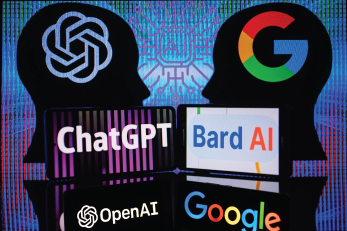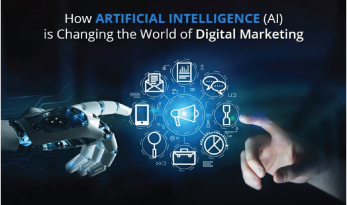A Brief History of AI
AI’s roots trace back to the mid-20th century, fueled by the desire to create machines that could think and learn like humans. Key milestones include:
- The Birth of AI (1950s): The term “Artificial Intelligence” was coined in 1956 at the Dartmouth Conference. Early pioneers like Alan Turing laid the theoretical groundwork, introducing concepts like the Turing Test to evaluate a machine’s ability to exhibit intelligent behavior.
- Early Optimism and Challenges (1960s-1970s): Researchers developed basic programs capable of solving problems and playing games. However, limitations in computing power and funding led to periods of stagnation, known as “AI winters.”
- The Rise of Machine Learning (1980s-1990s): Advancements in neural networks and algorithms marked a turning point. AI began transitioning from rule-based systems to models capable of learning from data.
- The Big Data Era (2000s): The explosion of data and improvements in computing power enabled more complex AI applications, from natural language processing to computer vision.
- AI’s Modern Renaissance (2010s-Present): Breakthroughs in deep learning, fueled by vast datasets and GPUs, have propelled AI into the mainstream. Technologies like GPT models, facial recognition, and autonomous vehicles demonstrate its vast potential.
The Future of AI
As AI matures, its applications will expand across industries, including healthcare, finance, retail, and logistics. Key trends shaping AI’s future include:
- Hyper-Personalization: AI will enable businesses to tailor experiences to individual customers, enhancing satisfaction and loyalty.
- Automation at Scale: From robotic process automation (RPA) to fully autonomous systems, AI will streamline operations and reduce costs.
- Ethical AI: As AI’s influence grows, ensuring fairness, transparency, and accountability will be critical to maintaining public trust.
- Edge AI: Moving AI processing closer to devices will unlock faster, more efficient applications, particularly in IoT and real-time analytics.
- Human-AI Collaboration: Rather than replacing humans, AI will augment human capabilities, fostering creativity and productivity.
AI Adoption for Enterprises
For businesses considering AI adoption, the journey requires thoughtful planning and execution:
- Define Clear Objectives: Identify specific problems AI can solve, whether optimizing operations, improving customer experiences, or driving innovation.
- Invest in Data: High-quality, diverse datasets are essential for effective AI models. Data strategy should be a cornerstone of any AI initiative.
- Build the Right Team: Success requires collaboration between data scientists, domain experts, and business leaders.
- Start Small: Pilot projects allow enterprises to test AI’s feasibility and impact before scaling.
- Address Ethical Concerns: Develop policies to ensure AI usage aligns with ethical standards, protecting privacy and preventing bias.
Conclusion
AI may not be magic, but its potential to revolutionize industries and improve lives is undeniable. By understanding its history, appreciating its current capabilities, and planning for its future, enterprises can harness AI as a transformative tool. As Clarke’s quote reminds us, advanced technology can inspire awe—and with AI, we are just beginning to uncover its wonders.


